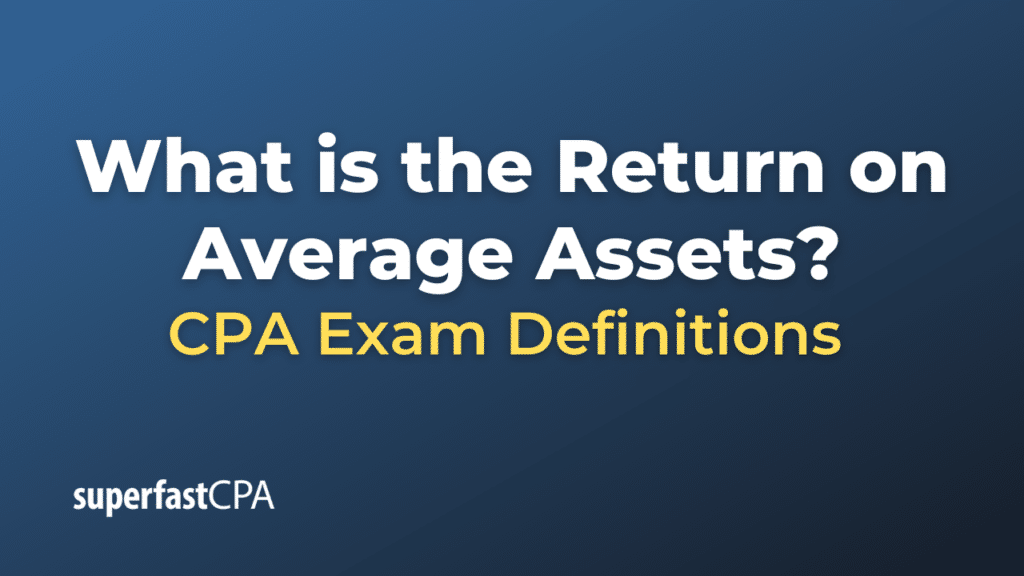Return on Average Assets
Return on Average Assets (ROAA) is essentially the same metric as Return on Assets (ROA) – it’s just a more explicit naming convention. Both ratios measure a company’s profitability in relation to its average total assets during a specific period.
The “average” in the term emphasizes that instead of using the ending total assets or the beginning total assets for a given period, we use the average of the beginning and ending total assets for that period.
The formula for ROAA (or ROA) is:
ROAA = Net Income / Average Total Assets
Where:
- Net Income is the company’s total profit after all expenses and taxes have been deducted.
- Average Total Assets is computed by adding the beginning and ending total assets for the period, then dividing by two.
ROAA provides insight into how well a company’s management is utilizing its assets to generate profits. A higher ROAA indicates more effective use of assets in generating profits.
Example of the Return on Average Assets
AquaHydrate Corp. is a fictional company that specializes in producing and selling bottled mineral water. We aim to understand its profitability relative to its asset base for the year 2023.
Given Data:
- Net Income for 2023: $2 million
- Total Assets at the start of 2023: $12 million
- Total Assets at the end of 2023: $16 million
Step 1: Calculate Average Total Assets
Average Total Assets = (Beginning Total Assets + Ending Total Assets) / 2
Average Total Assets = ($12 million + $16 million) / 2
Average Total Assets = $14 million
Step 2: Calculate ROAA
ROAA=Net Income / Average Total Assets
ROAA = $2 million / $14 million
ROAA = 0.1429
Convert to percentage: 0.1429 × 100 = 14.29
Thus, AquaHydrate Corp.’s ROAA for 2023 is 14.29%.
Interpretation:
For every dollar of average assets AquaHydrate Corp. held during 2023, it earned about 14.29 cents in profit. This performance metric helps stakeholders understand how effectively the company’s assets were used to generate earnings. As always, comparing this figure with industry peers can give further context to AquaHydrate’s relative efficiency in asset utilization.













